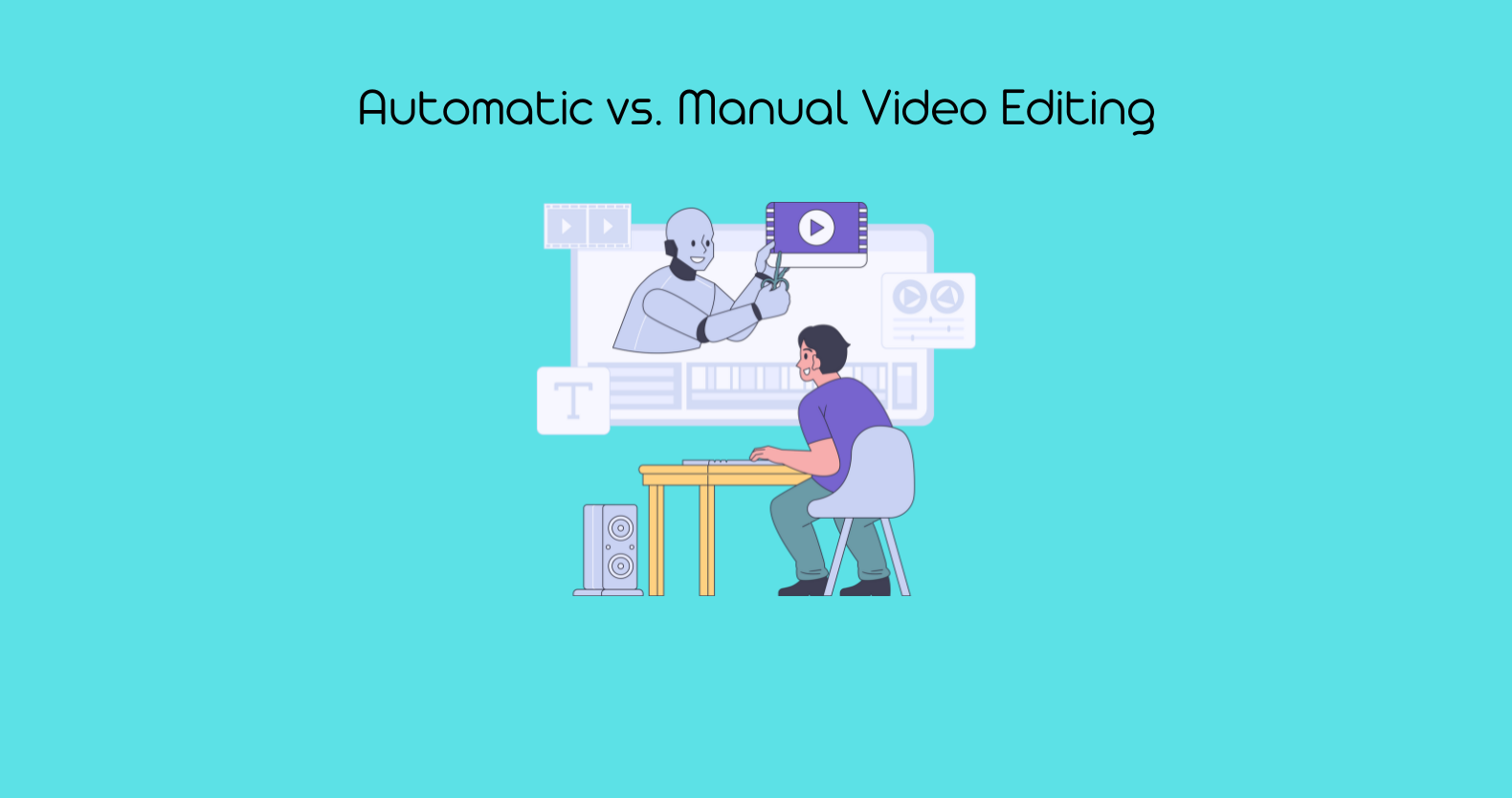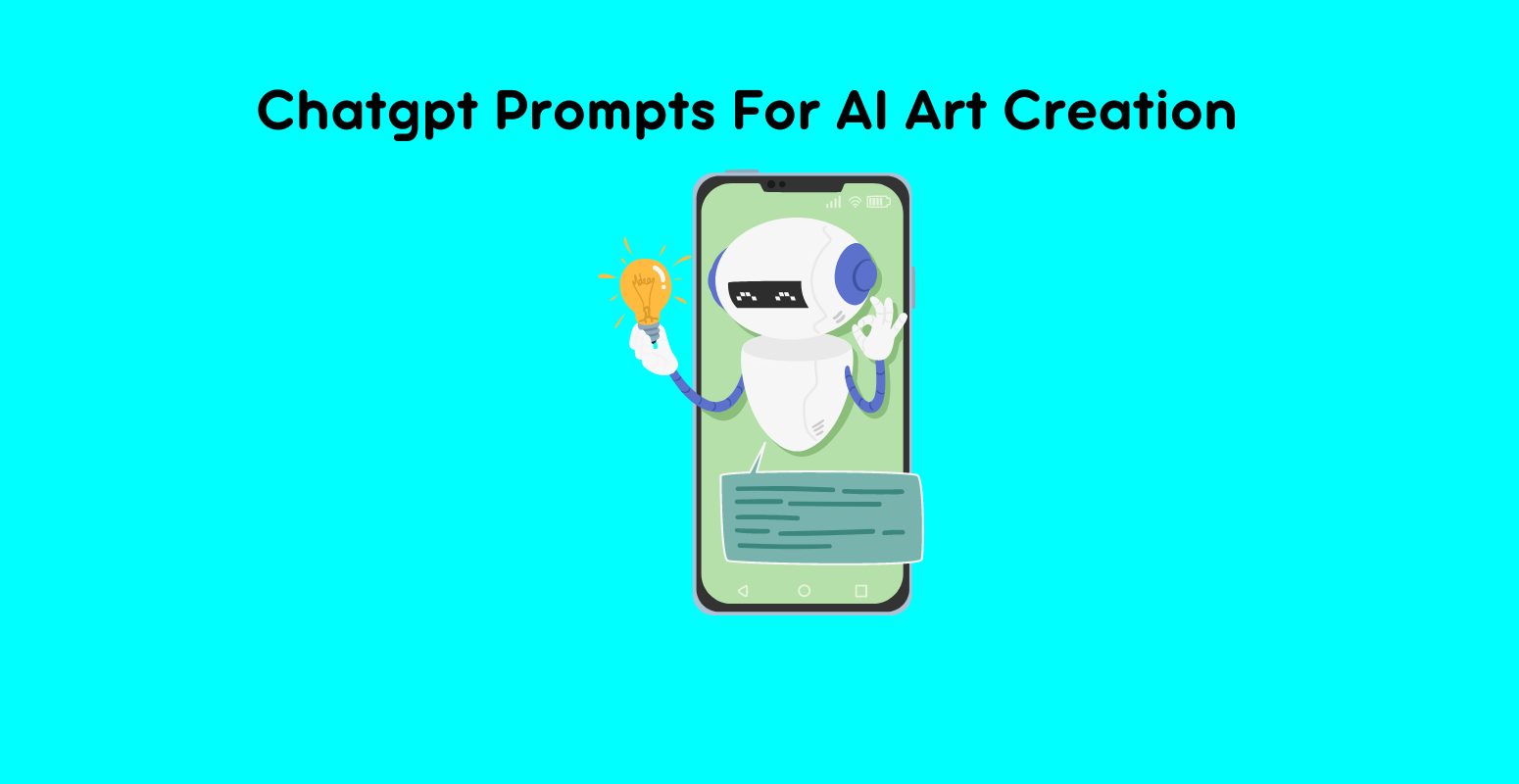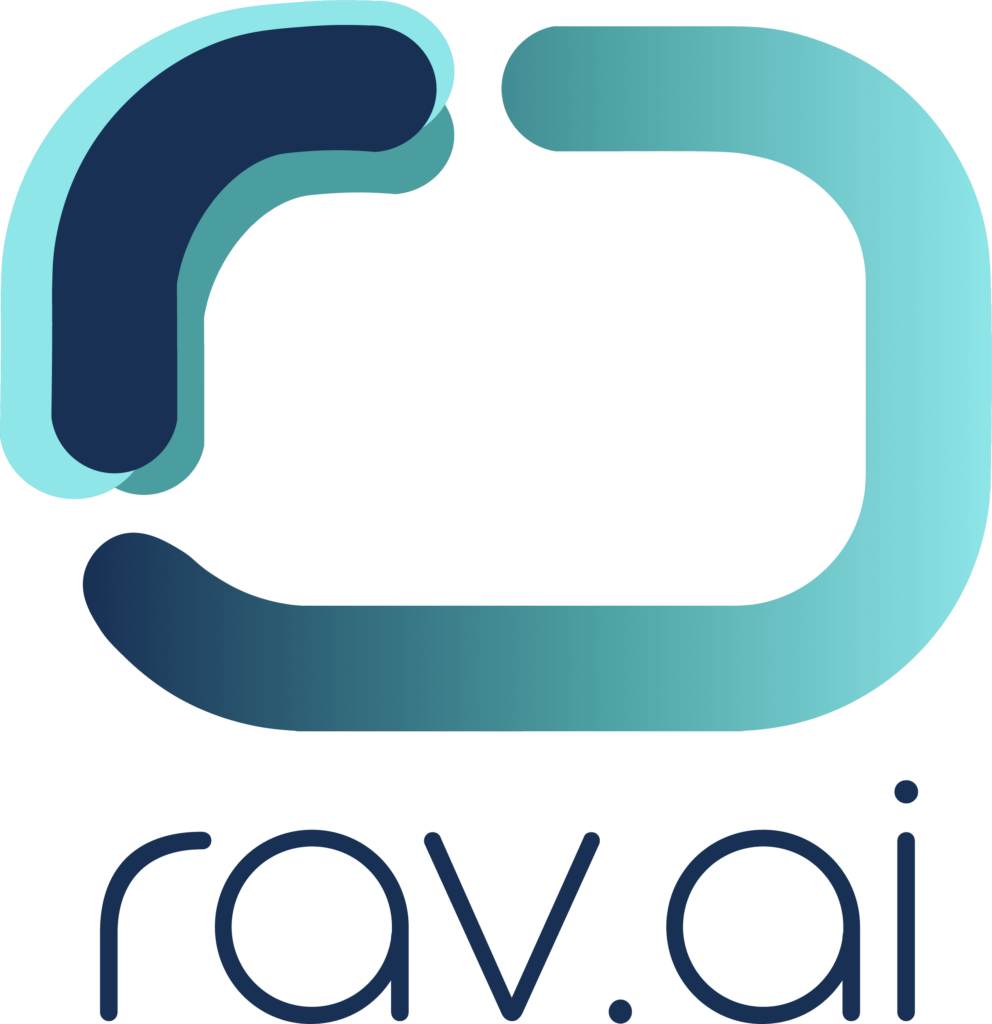AI has made significant inroads into various sectors, including insurance. The integration of AI, especially generative AI, is revolutionizing the insurance industry by automating claim processing and other key functions.
This technology not only improves efficiency but also enhances customer experiences by speeding up processes that once took days or even weeks.
The purpose of this guide is to educate readers about the extensive role AI plays in the insurance sector, highlighting its transformative impact and future potential.
What is Generative AI in Insurance?
Generative AI refers to advanced AI models capable of generating new content, such as text, images, or even sound, based on the data they have been trained on. In the insurance industry, generative AI is used to streamline various operations, from underwriting to claims processing. Unlike traditional AI, which follows predefined rules, generative AI learns from vast amounts of data and can make decisions and predictions autonomously.
In the context of insurance, generative AI can analyze customer data to generate personalized insurance plans, predict potential risks, and even detect fraudulent claims. It can process vast amounts of data quickly and accurately, allowing insurers to offer better services at lower costs.
This technology is particularly valuable in automating repetitive tasks, enabling human agents to focus on more complex issues. By integrating generative AI, insurance companies can provide more accurate pricing, faster claim resolutions, and improved overall customer satisfaction.
Benefits of AI in Insurance
1. Automated Claims Processing
One of the most significant benefits of AI in insurance is automated claims processing. AI systems can quickly analyze and process claims, reducing the time it takes to settle them.
This not only speeds up the process for customers but also reduces administrative costs for insurance companies. Generative AI can evaluate claims, detect inconsistencies, and even flag potential fraud, ensuring that only legitimate claims are processed.
2. Enhanced Risk Assessment
AI can analyze large datasets to identify patterns and predict risks more accurately. This helps insurance companies to set more precise premiums and reduce the likelihood of underestimating risks. Generative AI models can evaluate individual customer profiles, taking into account various factors such as health, lifestyle, and historical data to provide personalized risk assessments.
3. Improved Customer Service
Generative AI-powered chatbots and virtual assistants can handle customer inquiries around the clock, providing instant support and freeing up human agents for more complex tasks.
These AI tools can answer questions, guide customers through the claims process, and even suggest suitable insurance products based on customer needs.
4. Fraud Detection
AI excels at detecting patterns that may indicate fraudulent activity. By analyzing claims data and customer behavior, AI can identify anomalies and flag suspicious claims for further investigation.
This proactive approach helps insurance companies minimize losses due to fraud and ensures that genuine claims are processed promptly.
5. Personalized Insurance Products
Generative AI can create customized insurance plans tailored to individual customer needs. By analyzing customer data, AI can suggest coverage options that best suit a customer’s lifestyle and risk profile. This level of personalization improves customer satisfaction and retention.
6. Operational Efficiency
AI can automate routine administrative tasks such as data entry, document processing, and policy renewals. This increases operational efficiency and allows human employees to focus on strategic initiatives and customer engagement. The result is a more agile and responsive insurance company.
7. Predictive Analytics
AI can use historical data to predict future trends and customer behaviors. This helps insurance companies to anticipate market changes, identify new opportunities, and make informed business decisions.
Predictive analytics can also help in proactive customer retention by identifying customers who may be at risk of switching to competitors.
How Banks Use Generative AI?
Banks, like insurance companies, are leveraging generative AI to improve their operations, enhance customer experiences, and stay competitive. This advanced technology helps banks in various ways, from customer service to risk management.
1. Customer Service
Generative AI-powered chatbots provide 24/7 customer support, handling inquiries, and resolving issues without human intervention.
These chatbots can assist with tasks such as balance inquiries, transaction histories, and even loan applications, improving the overall customer experience.
2. Fraud Detection
Banks use generative AI to detect fraudulent activities by analyzing transaction patterns and identifying anomalies. This technology helps in real-time fraud detection, preventing unauthorized transactions and protecting customer accounts.
3. Personalized Financial Advice
Generative AI can analyze a customer’s financial data to provide personalized advice and product recommendations. This can include investment advice, budgeting tips, and suggestions for financial products that align with the customer’s goals and risk tolerance.
4. Risk Management
AI helps banks to assess and manage risks more effectively. By analyzing large datasets, AI can predict potential risks and suggest mitigation strategies. This is particularly useful in areas such as credit scoring and loan approvals, where accurate risk assessment is crucial.
5. Process Automation
Generative AI automates various banking processes, such as loan approvals, document verification, and compliance checks.
This not only speeds up operations but also reduces the likelihood of errors, ensuring a smoother and more reliable banking experience.
Examples of How Generative AI is Serving the Insurance Industry
1. Automated Claims Processing
Generative AI automates the entire claims processing workflow, from initial claim submission to final settlement. This reduces the processing time significantly and improves accuracy. For instance, AI can evaluate the details of a car accident claim, verify the damage through photos, and process the claim without human intervention.
2. Customer Service Chatbots
Insurance companies use AI-powered chatbots to handle customer inquiries and support. These chatbots can answer questions, guide customers through policy details, and even assist in filing claims. By providing instant responses, chatbots improve customer satisfaction and reduce the workload on human agents.
3. Personalized Policy Recommendations
Generative AI analyzes customer data to provide personalized policy recommendations. For example, it can evaluate a customer’s health data, lifestyle, and coverage needs to suggest the most suitable health insurance plan. This personalized approach ensures customers get the best coverage for their specific needs.
Final Thoughts
Generative AI is transforming the insurance industry by automating processes, improving customer experiences, and enhancing operational efficiency.
Tools like Rav.ai are leading this revolution, making advanced AI technologies accessible and beneficial for both insurers and customers. As AI continues to evolve, its impact on the insurance sector will only grow, making it an indispensable tool for the future.








